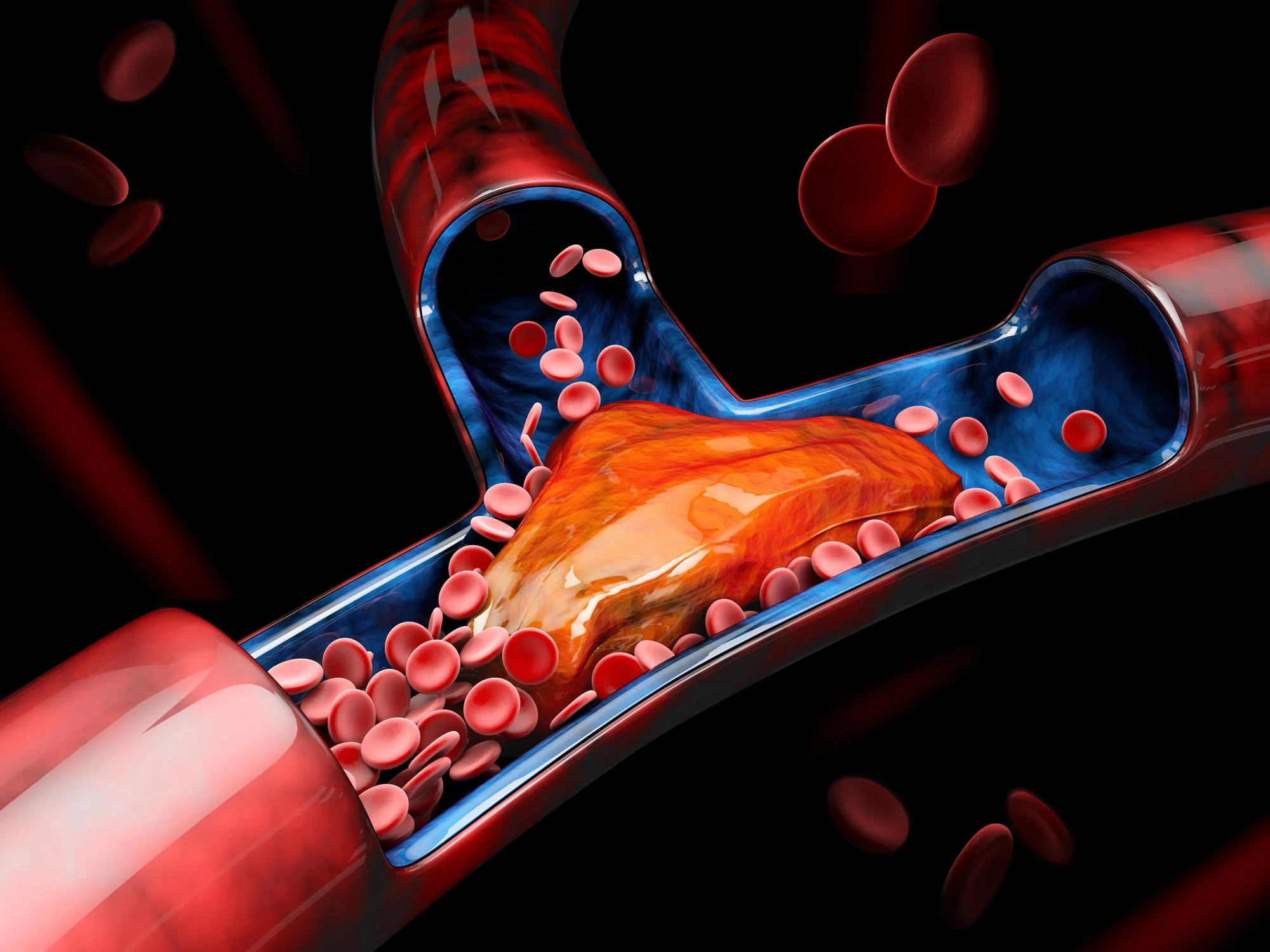In a seminal paper recently published in Acta Biomaterialia, a team of researchers led by Li Shuo from the State Key Laboratory of Polymer Physics and Chemistry at the Changchun Institute of Applied Chemistry, Chinese Academy of Sciences, unveiled a novel polyurethane-based hydrophilic elastomer with multi-biological functions for use in small-diameter vascular grafts [1]. This groundbreaking material promises to address two significant challenges that have long hindered the success of vascular grafts: thrombosis and intimal hyperplasia (IH).
For years, the medical community has sought to develop vascular grafts that not only match the physiological elasticity of blood vessels but also mimic the endothelium – the innermost lining of blood vessels that plays a crucial role in preventing blood clot formation and regulating vascular smooth muscle cell behavior. The new material created by Li and colleagues, described in their article “A Polyurethane-based Hydrophilic Elastomer with Multi-biological Functions for Small-diameter Vascular Grafts,” may represent a major advance in this area.
Unveiling the Novel Elastomer
The researchers at the CAS have synthesized a type of elastomer that leverages polyurethane (PU)’s excellent molecular designability and elasticity. Conventional PUs, however, have typically lacked the desired biofunctionality and hydrophilicity of vascular endothelium. The novel elastomer addresses this through an innovative design. It is modified by crosslinking hydrophobic hard-segment chains containing diselenide with diaminopyrimidine-capped polyethylene glycol (PEG), which introduces hydrophilicity and higher mechanical properties underwater [1].
Mimicking the Native Endothelium
Several in vitro studies have confirmed the material’s endothelium-like biological functions. Not only has it been shown to provide the stable release of nitric oxide (NO) at physiological levels, which is essential for inhibiting platelet adhesion and activation, but it also prevents the migration, adhesion, and proliferation of smooth muscle cells (SMCs) and has been found to have antibacterial properties.
Moreover, the new material’s hydrophilicity and mechanical properties have been carefully tailored to match those of natural blood vessels. The in vivo studies conducted by the researchers further substantiated the elastomer’s excellent histocompatibility, demonstrating a significant reduction in immune response and calcium deposition in comparison to existing materials [1].
The Significance and Implications
The significance of this development cannot be overstated. According to the researchers, creating small-diameter vascular grafts with an elastic modulus that mimics natural vessels can potentially solve the long-standing issue of restenosis caused by thrombosis and IH [1]. They note that while bulk modification remains the most suitable approach for implanted materials due to its long-term stability, achieving the balance among biofunctionality, hydrophilicity, and elasticity has historically been a formidable challenge.
This research not only opens the door to new vascular graft materials that could greatly improve patient outcomes but also represents a milestone in the field of polymer chemistry and biomedical engineering. By harnessing the principles of molecular design and the latest advances in crosslinking techniques, the team has created a material that could revolutionize cardiovascular treatments.
Future Perspectives
With the vascular graft industry projected to grow in the coming years due to an increasing number of patients suffering from cardiovascular diseases, this novel material is poised to become a key player. Further study and clinical trials will be necessary to fully understand the long-term implications of using such grafts in the human body.
References
1. Li S., Yang L., Zhao Z., Yang X., Lv H., “A Polyurethane-based Hydrophilic Elastomer with Multi-biological Functions for Small-diameter Vascular Grafts,” Acta Biomaterialia, vol. 1878-7568, no. [Insert issue number], pp. [page range], Jan. 2024. doi: 10.1016/j.actbio.2024.01.006
For additional references, readers are encouraged to explore related research on polyurethane-based materials for biomedical applications as well as studies that address thrombosis and intimal hyperplasia in small-diameter vascular grafts [2-5].
Conclusion
The novel hydrophilic PU elastomer developed by Li Shuo’s team represents a giant leap forward in vascular graft technology. With its combination of mechanical resilience, hydrophilicity, and biological functionality, the material holds considerable promise for improving the lives of those in need of vascular grafts.
The full extent of the PU elastomer’s potential will continue to unfold as more research is conducted; however, the work by Li and his colleagues serves as a beacon of innovation in the field of medical materials.
Declaration of Competing Interest
The authors have stated that there are no known competing financial interests or personal relationships that could influence the work reported in this paper.
Keywords
1. Vascular Grafts Innovation
2. Polyurethane Elastomer
3. Hydrophilic Biomaterials
4. Endothelium Mimicking
5. Thrombosis Prevention Materials
Please note that this article is an approximation based on the information provided and may not accurately represent the original publication’s content.
DOI: 10.1016/j.actbio.2024.01.006
